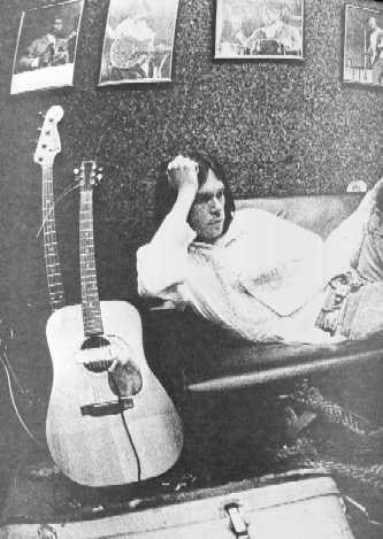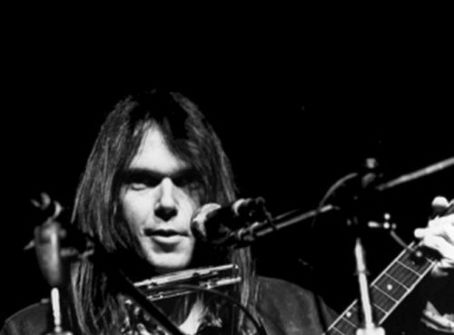I wanted to like the new Hobbit movie. I really, really did--want to like it, that is. All the signs seemed favorable: I had enjoyed Peter Jackson's Lord of the Rings movies (yes, I still complained about what was left out, but the movies seemed true enough to my experience with the books that I had no problem embracing them). The timing of the release was perfect. Not only was it a holiday movie I could enjoy with my family, but also I had just completed a re-reading of the book with my freshman seminar class. How could this not be a great experience?
Well, as it turned out, my experience would have been better had I not re-read the book because, as a number of reviewers have already pointed out, Jackson makes little attempt to stay faithful to Tolkien's story, characterizations, and tone. Anna Klassen, of The Daily Beast, has identified 19 ways in which the movie strays from the book. Oliver Gettell writes in The Los Angeles Times that movie critics from the LA Times, The New York Times, The Wall Street Journal, and The San Francisco Chronicle have all expressed disappointment at Jackson's adaptation of Tolkien's story. Novelist Frank Schaeffer, writing in The Huffington Post, pulls no punches:
The spirit of the book has been almost entirely lost and replaced by a movie that looks as if it was made to spin off theme park rides and videogame derivatives rather than to tell the story as written in the beloved children's classic.And as if these movie critics' concerns weren't enough, even a theologian has gotten into the act. Miroslav Volf has called the Hobbit movie "utterly lame."
Unlike The Lord of the Rings film trilogy that largely succeeded in maintaining the spirit and details of the books, The Hobbit departs so far from the text that is has little to nothing to do with the original. Worse, the film as a film is just another overblown barely coherent effects extravaganza dud more akin to Transformers in spirit than to anything that Tolkien wrote.
Before expressing a few of my own concerns, I want to mention aspects of the movie I liked. The scene near the beginning with the dwarves invading Bilbo's hobbit hole is wonderful. It establishes the contrast between the ways of hobbits and dwarves as well as Bilbo's reluctance to undertake an adventure. Perhaps exceeding this scene in excellence is the encounter between Gollum and Bilbo where Bilbo outwits Gollum in a game of riddles. Like the LOTR, the movie is beautifully filmed with the New Zealand landscape providing breathtaking scenery. I also thought music was used effectively and the casting of Martin Freeman as Bilbo was successful.
And yet it is the treatment of Bilbo's character that disturbed me most. As mentioned earlier, the opening scenes do a great job of establishing Bilbo's status as the reluctant hero. Tolkien takes pains in the novel to identify the two strains in Bilbo's genetic line. He's a Baggins, which means he's cautious, plays it safe, and avoids risks; "Adventures," Bilbo tells Gandalf, "make one late for dinner." But Bilbo is also a Took, which means there's a part of his personality that relishes adventure. Unfortunately, in the movie, while Gandalf mentions that Bilbo is a Took, the significance of the reference is never explained.
While the movie begins by presenting a protagonist consistent with Tolkien's, it goes quickly off track. One way it goes wrong is by creating a needless conflict between Thorin, the leader of the dwarves and Bilbo. In the book, all the dwarves are somewhat doubtful of Bilbo's skill and courage, but none more than the other. Tolkien allows Bilbo to gain the trust and respect of the dwarves gradually over the course of the action. In the movie, Thorin constantly questions Bilbo's courage and resolve in much more aggressive terms than appear in the book. Only after Bilbo saves Thorin from death at the hands of the Pale Orc at the end of the movie (more on this later) does Thorin admit that he's been wrong about Bilbo and embrace him as an equal.
While Bilbo does develop as a character in the movie, he develops in a way totally inconsistent with the protagonist in Tolkien's novel. A key to understanding Bilbo's character development in the book is that Bilbo is not a traditional swashbuckling hero. He's a lover, not a fighter. If he survives the journey at all, he will survive on his wits and his ability to move quietly and stealthily--not on his strength in battle. And the movie begins by presenting Bilbo in this way. When Gandalf hands him the small elvish sword, Sting, Bilbo responds that he's never used a sword before. So far, so good. Yet moments later in the mines of Moria, we see Bilbo brandishing his sword against a goblin like an experienced swordsman.
Most distressing and inconsistent of all is the battle scene with which Jackson concludes his first of three Hobbit movies. The company has been chased up trees by the wargs and the Orcs, led by the Pale Orc, and Gandalf attempts to frighten the wargs off by setting pinecones on fire and tossing them at the warg's feet. So far so good as most of this happens in the book. In the book, however, the primary enemies are wargs, and Gandalf's pinecone strategy backfires, literally, as the trees the dwarves, hobbit, and wizard are perched in catch fire. It is then that Gandalf summons the Eagles to rescue them.
In the movie, the Orcs, and specifically the Pale Orc, are added to the mix, and Thorin engages in combat with the Pale Orc. When things go badly for Thorin, Bilbo descends from his perch with Sting and attacks the Pale Orc, saving Thorin from certain death. Now it would be hard to imagine an action more inconsistent with Bilbo's character. Even the movie has taken pains to establish Bilbo as a reluctant hero who eschews physical activity and violence, yet in this climactic scene Bilbo is suddenly and inexplicably transformed into a fierce warrior. This will never do!
Years ago I heard Larry McMurtry speak about his experience in seeing one of his novels brought to the big screen. His basic message was that when a book is adapted for film by Hollywood, the author should abandon any hope that the result will bear any resemblance to his or her literary creation. So I get that movies are different than novels. I'm even okay with the director adding and subtracting from the plot of the book; it has to be done. But I view things differently when a director is handling a much-loved literary classic that has been read and re-read by fanatical fans for over sixty years. In fact, I feel much the same about what Jackson has done to Tolkien's Hobbit as I felt about what the director did a few years ago to Lewis's Prince Caspian. I understand that additions and omissions must be made, but it seems to me that there should be very strong reasons for the changes and that the changes should not fundamentally alter the characterizations of the novel, especially those of authors like Tolkien and Lewis who presumably knew what they were doing with their characters and plots.
Perhaps where Jackson went wrong, as some critics have already suggested, was in trying to turn The Hobbit, which is a straightforward, humble, and amusing children's fantasy story, into an adult adventure/romance story similar to The Lord of the Rings. I still enjoyed the film, but I wish I could have enjoyed it more. And don't get me started on Radagast the Brown!








